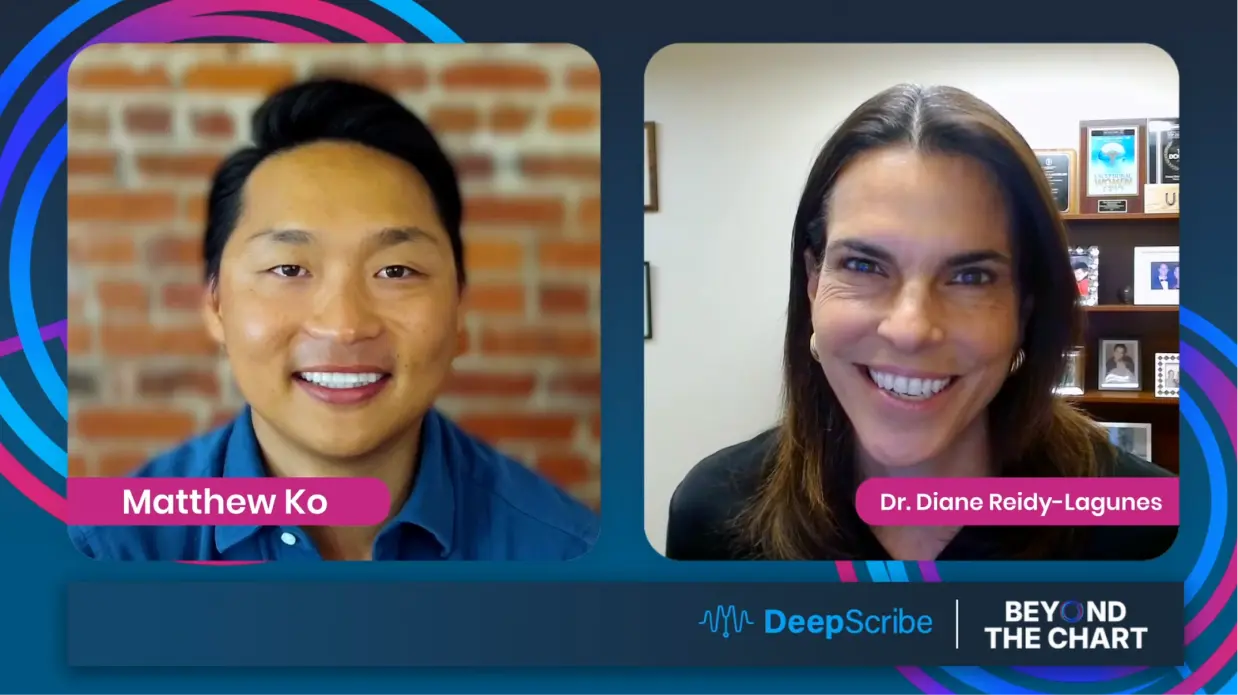Physician Burnout: Causes, Mechanisms, Consequences, and Solutions
Much like a battery, our brains need time to recharge before they can perform at their optimal level. Burnout occurs when our workload interferes with our ability to recharge, causing us to operate in low battery mode — working more but achieving less.


Physician Burnout: Causes, Mechanisms, Consequences, and Solutions
It is estimated that one in every three doctors experiences burnout at any given time, more than double the rate of the general population. As physician burnout reaches epidemic levels, concerns are growing within the medical community regarding its adverse effects on both physicians and the patients and communities they serve.
As a result, research has increasingly been dedicated to the study of physician burnout. In this article, we present the latest findings on the causes, psychological mechanisms, and long-term consequences of physician burnout as well as the organizational and systemic solutions showing promising results towards its alleviation.
What Is Burnout?
Much like a battery, our brains need time to recharge before they can perform at their optimal level. Burnout occurs when our workload interferes with our ability to recharge, causing us to operate in low battery mode — working more but achieving less.
Psychologists use the Maslach Burnout Inventory to assess professional burnout, and it is widely used in research on physician burnout. The inventory measures three main dimensions of burnout: emotional exhaustion, depersonalization, and lack of personal accomplishment / efficacy.
- Emotional Exhaustion: The depletion of one’s emotional and mental energy. Exhaustion is the most commonly experienced dimension of burnout.
- Depersonalization: Detachment from and objectification of patients caused by severe emotional exhaustion.
- Lack of Efficacy / Personal Achievement: Consistent feelings of incompetence, inability to complete tasks efficiently, and lack of control over work.
Depersonalization is a coping mechanism for emotional exhaustion — it's your low battery mode for getting through the day with the least amount of mental & emotional exertion as possible. For physicians, depersonalization causes a diminished sense of personal accomplishment and decreased job satisfaction.
What Causes Physician Burnout?
In a profession that requires life or death decisions, stress and pressure abound. However, in recent years, the rates of physician burnout have skyrocketed, far exceeding the rates we’ve seen historically.
Medscape’s 2020 Physician Burnout & Suicide Report surveyed 1500 physicians in over 29 specialties to better understand this dramatic rise in burnout amongst physicians. The report found that top contributors to physician burnout included “Long work hours”, “Increasing computerization of practice” and “Too many bureaucratic tasks.”
These findings are further supported by research linking the emergence of EHR's in the healthcare system to increased physician burnout. EHRs have led the way for increasingly complex and demanding insurance & billing standards, compliance practices, and documentation. This adds time-consuming administrative duties to a physician’s already demanding workload, eating into the time and energy they can dedicate to patient care.
Who Is Most At Risk For Physician Burnout?
A 2017 meta-analysis examined the findings of more than 30 studies conducted from 2010-2016 to identify demographic trends in physician burnout. They found the highest rates of burnout amongst the following groups:
- Female doctors
- Younger doctors (aged 25-35)
- Unmarried doctors and those without children
- Doctors specializing in surgery, pediatrics, gynecology, and emergency medicine
The higher susceptibility for burnout amongst these groups can be explained by research that links age, complexity of procedures performed, and work-life conflicts to physician burnout. Female doctors on average balance more work and family responsibilities, whereas younger doctors are more likely to perform additional tasks and work unfavorable hours.
Additional research suggests that marriage and family, on the other hand, provide the social support necessary to combat burnout — which indicates why those without such a support system experience higher rates of burnout.
What Are The Consequences Of Physician Burnout?
At its core, burnout is a mental health issue. Physicians experiencing burnout are more likely to experience decreased job satisfaction and life satisfaction, and suffer from depression, substance abuse, and suicide. In addition, 73% of doctors report that burnout has negatively impacted their personal relationships, which previous research has identified as an essential outlet for keeping burnout at bay.
Then come the risks to patient outcomes. Emotional exhaustion and depersonalization in particular have been linked to increased patient safety incidents — one recent study found that surgeons presenting these dimensions reported an error rate 3x that of surgeons with minimal burnout. Another study found an association between depersonalization and longer post-op recovery times.
Beyond its detriments to physician and patient health, physician burnout is also incredibly expensive for healthcare organizations. These costs come in the form of reduced physician productivity, increased physician turnover, and a higher risk for malpractice incidents.
The research is clear — physician burnout is a healthcare crisis cannot be ignored. It is not just the health and well-being of our doctors that is at risk, but the health and wellness of our society as a whole.
Current Solutions
A number of solutions have been implemented on both an individual and organizational level to reduce physician burnout. These solutions include resilience training, reduction of administrative tasks, and use of healthcare technologies.
Resilience Training
To mitigate physician burnout, many healthcare organizations have implemented resilience training. The goal of resilience training is to better equip doctors with coping techniques for occupational stress, however there is debate as to whether this oversimplifies the problem by placing the blame on the individual’s resilience rather than wider shortcomings in the healthcare system.
Research suggests that resilience training is appropriate when burnout stems from unavoidable suffering - meaning stressors inherent to a physician’s occupation like making life or death decisions without all of the information necessary or delivering upsetting news to patient families and loved ones. In these circumstances, a certain level of individual resilience is essential to preventing burnout.
However, when the cause of burnout is avoidable suffering, resilience training is little more than a band-aid solution. Avoidable suffering include “overwork and understaffing, a hostile work environment, unsafe working conditions, and failure to provide the resources doctors need to provide safe care.” The appropriate solution in these circumstances is systemic intervention — not an individual one.
Reduction of Administrative Tasks
As the previously cited research suggests, administrative tasks are a leading cause of avoidable suffering, and are therefore a prime candidate for systemic intervention.
In 2017, the American College of Physicians put out a position paper outlining 7 policy recommendations for reducing the administrative burden on physicians. The recommendations are a result of a thorough analysis of healthcare administration needs and opportunities for its reduction, delegation, or removal.
At a high-level these recommendations are to:
- Review & eliminate administrative tasks that are unnecessary, costly, or detrimental to patient care.
- Review & streamline administrative tasks that cannot be eliminated to minimize burden.
- Develop clinical performance measures that factor in quality of patient care.
- Leverage innovative healthcare technologies to eliminate, reduce, and streamline existing administrative duties.
- Eliminating redundant administrative requirements.
- Focus more research on the long-term effects of administrative duties on the wider healthcare system in terms of quality, time, and cost.
- Focus more research on organizational best practices for clinicians to reduce administrative duties within their practice.
Positive Impacts of a Systemic Intervention
- Reducing physician burnout can result in a better work-life balance, healthier work environment and increased job satisfaction
- Decreased levels of depression and substance abuse among physicians
- More time with patients and increased positive patient outcomes
- Decrease in malpractice risk
- Increased opportunity for professional development and ongoing education
Simply put — eliminate the tasks that are unnecessary and use technology & supporting staff to streamline the tasks that remain.
Recommended Reading: Voice Recognition Software: How Does It Work?
text
Related Stories
Realize the full potential of Healthcare AI with DeepScribe
Explore how DeepScribe’s customizable ambient AI platform can help you save time, improve patient care, and maximize revenue.




